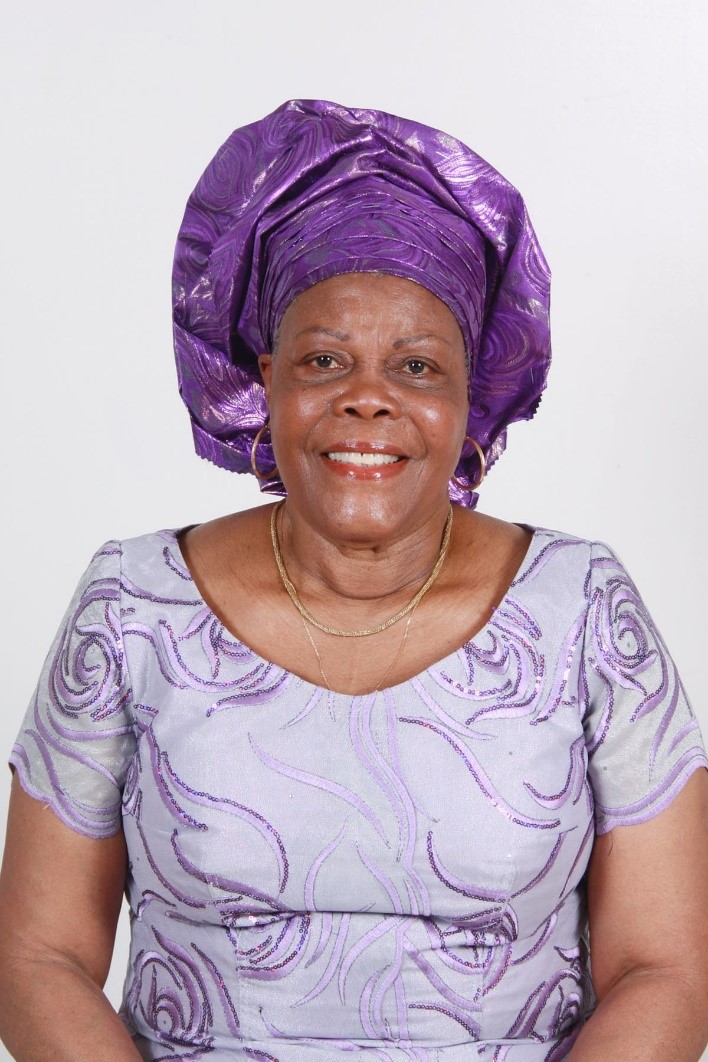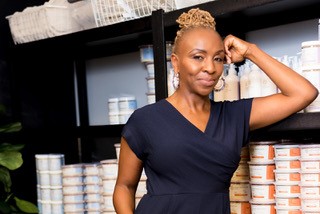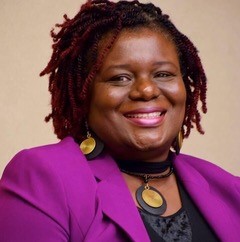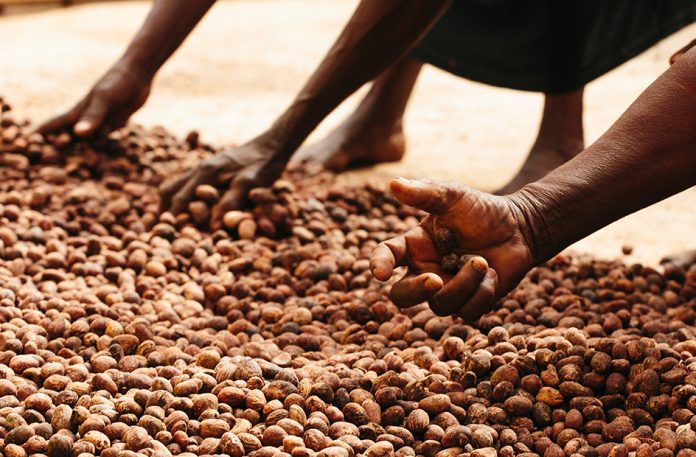In April 2010, a small group of women entrepreneurs gathered from all over the world to meet at a small hotel in central Bamako, Mali’s capital. They were attending an industry event on shea, what most people know as shea butter.
One of the women entrepreneurs was Eugenia Akuete, who attended the conference as a beneficiary of the USAID West Africa Trade Hub’s project and who would go on to become the first President of the Global Shea Alliance.

“At that time, very few people outside of Africa really knew about shea and its benefits. We were so excited to meet others who recognized the opportunity,” she says with a smile as she reflects on the transformation that has occurred in the industry since that meeting a decade ago.
In fact, for Akuete and many of these women, including Funlayo Alabi and Francesca Opoku, their bond began at that 2010 conference in Bamako. They are now leading women entrepreneurs in shea-based cosmetics around the world.
“We call ourselves shea queens,” says Opoku, who runs Beauty Secrets, a niche supplier of shea-based skincare products produced in Accra, Ghana as she catches up with her long-time friends Akuete and Alabi on a videoconference call.

“At first glance, it seems like we are competitors, but we are really friends, mentors, and partners. And we have been active in the Global Shea Alliance since the beginning. We’ve seen this industry transform,” Alabi says. Alabi, a Nigerian-American based in Maryland, sells her Shea Radiance line of products around the United States including retailers such as Whole Foods.
The transformation has been eye-opening not just for these women, but for the entire industry. In just a couple of decades, shea has gone from a handful of cottage businesses with little consumer awareness to a multi-billion-dollar industry. Shea is now a key ingredient in food products such as chocolate and bakery products, and an essential ingredient in skincare products such as moisturizers and lip balms. You can even find toilet paper with shea butter.
Why did the world wake up to shea? “Well, for one thing, it’s a great moisturizer and food ingredient. But for another, because shea is a truly rare natural product that can be ethically sourced,” says Akuete, whose own line of products created with her daughter are sold online and in stores such as Anthropologie and Target under brand names Eu’Genia Shea and Mother’s Shea.

Shea comes from trees that are populated across savannah landscapes spanning over 21 countries, from Senegal in West Africa all the way to Uganda in East Africa. An estimated 16 million women in some of the most rural, poorest parts of the continent collect and harvest the fruits each season. In West Africa alone, shea generates over US$200 million for these women who collect and sell the kernels to processors and their communities.
Women have been collecting shea for hundreds, if not thousands, of years. It is a lifeline for these women. And its trees are an essential part of the African landscape, sequestrating carbon and providing homes and protection for birds and other wildlife.
Recognizing the value of shea as a product that meets consumer’s demands and provides social and environmental benefits, the GSA was inaugurated in March 2011 to promote the industry and improve the livelihoods of rural African women and their communities. The shea queens, Akuete, Opoku, and Alabi, among others, were instrumental voices who advocated for the GSA’s creation following the conference in Mali earlier that year.
With support from major donors including USAID, the GSA has grown from 50 members in its first year to 705 members across 35 countries today. It hosts annual conferences in Africa, Europe, and the United States, drawing its members and stakeholders from a broad range of categories, including women groups, suppliers, brands, research institutions, non-profits, and national associations. Notable international food and cosmetic brands, including Alaffia, Burt’s Bees, L’occitane, L’Oréal, The Body Shop and Walgreens Boots Alliance are active members.
The GSA’s full-time staff and members focus the organization’s efforts around four strategic pillars: promotion, quality, policy advocacy and sustainability.
The GSA’s promotional activities focus on research, conferences, exhibitions, and other public relations events to build awareness of shea’s positive benefits and increase consumer demand. The quality effort seeks to improve the quality of shea kernels, including the development and adoption of industry-wide standards, to reduce postharvest and processing losses and increase the product’s overall value. The GSA’s promotional and quality efforts have been transformational in expanding the processing of shea in Africa. Now almost half of all shea is processed in West Africa, with fractionation plants and refineries operating across the region.
The GSA’s policy advocacy efforts focus on creating a more business-friendly environment for the industry. Its most recent wins include approvals for the use of shea derivatives in food in the United States and India, opening up two extremely large markets.
The GSA’s sustainability pillar has become a top priority, notably to empower women and protect the shea parklands.
Each year, the GSA secures new public-private partnerships and facilitates regional programs, implemented by its members, which have trained over 300,000 women in topics such as cooperative development, business management, health & safety, and aggregation. Members have also constructed and donated over 300 warehouses to improve quality and increase income for women’s cooperatives.
In parallel, the Alliance has supported hundreds of women-owned small and medium enterprises in West Africa through technical assistance in branding & marketing, manufacturing, and export procedures. It has supported many small enterprises to participate at international exhibitions and connect with suppliers and buyers transacting over worth US$75 million business leads.
Women collectors across the shea parklands are the backbone of the industry, but their environment is under threat. Unfortunately, like so many stories of natural resources, the shea trees are disappearing. An estimated 8 million shea trees are lost each year due to human activities including illegal logging, urban expansion, commercial agriculture, mining, and climate change.
“Ten years ago, getting raw materials was not a problem. With growing demand and declining tree numbers, we will be faced with a crisis if we do not act now. The continuing loss of shea trees would do more than destabilize an industry, it would cause chaos for an entire region,” Akuete says.
The GSA is at the forefront of the effort to fight this. Last year, we launched the Action for Shea Parklands to grow 10million trees and preserve 4million hectares of existing parklands as well as the Parkland Restoration Fund to mobilize resources to fund the ASP. Most recently, the GSA signed a 7-year agreement with the Forestry Commission under the Green Climate Fund’s Ghana Shea Landscape Emission Reduction Project to address the alarming forest degradation challenges in Northern Ghana. Discussions are ongoing to mobilize additional resources for the other countries.
Over the next decade, the GSA will continue to lead the ongoing transformation of the shea industry. In addition to its work in sustainability and shea parklands, it will support productivity and quality improvements on the ground, engage governments to adopt and enforce policies supportive of the industry, and collaborate with the growing national associations that are essential voices of the industry.
For founding members like Akuete, Opoku, and Alabi, this work is essential. Opoku rounds out the group’s sentiments, “We have benefited so much from the Global Shea Alliance over the past decade. But this is just the beginning. We all have so much more work to do.










